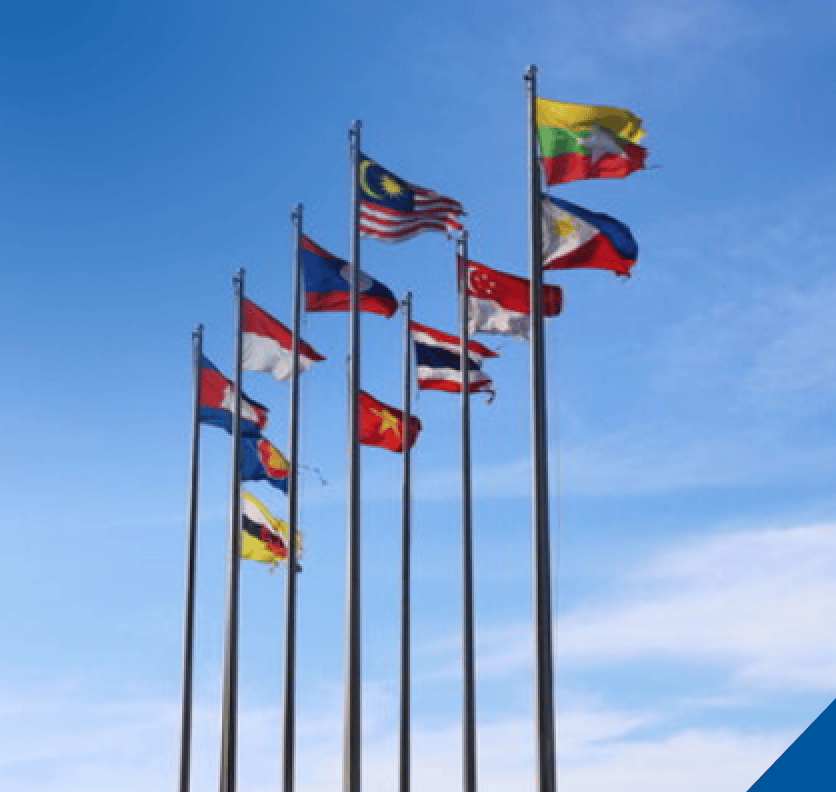[vc_row css=”.vc_custom_1565542682041{margin-right: 0px !important;margin-left: 0px !important;}”][vc_column css=”.vc_custom_1565542696462{padding-right: 0px !important;padding-left: 0px !important;}”][vc_single_image image=”10585″ img_size=”full” el_class=”banner-event”][/vc_column][/vc_row][vc_row css=”.vc_custom_1565542751414{margin-right: 0px !important;margin-left: 0px !important;}”][vc_column width=”1/4″][/vc_column][vc_column width=”1/2″ css=”.vc_custom_1565622195563{padding-bottom: 50px !important;}”][vc_column_text el_class=”title-event”][post_title][/vc_column_text][vc_column_text el_class=”date-venue-news”]Jakarta, 8 April 2021[/vc_column_text][vc_column_text el_class=”text-par-news”]In accordance with ASEAN Plan of Action and Energy Cooperation (APAEC) Phase II: 2021-2025, ASEAN Centre for Energy (ACE) held a virtual workshop to embrace the importance, achievements, and goals of Renewable Energy (RE) within the ASEAN Member States (AMS) to acquire regional energy target and national climate commitment. The workshop was moderated by Dr. Nuki Agya Utama, Executive Director of ACE. Ms. Monika Merdekawati, research analyst of ASEAN Climate Change and Energy Project (ACCEPT) was invited as one of the speakers.
Ms. Monika discussed the RE status, potential, and opportunities in ASEAN and initiatives under APAEC Phase II. Covid-19 pandemic has given significant multiplier effects on electricity sector. These effects include decrease of power usage, electricity use and demand; net profit loss of electricity sales; increase of vulnerable groups; further financial loss to provide electricity tariff relief; redesign of Power Development Plan (PDP); and delay of power plants.
Despite these challenges, Covid-19 pandemic has also given positive impact to clean power development in ASEAN. For example, Cambodia received USD 127.8 million loan from Asian Development Bank (ADB) to expand power grid and construct battery energy storage system in 100 MW National Solar Park. Indonesia allocated USD 670 million for Perusahaan Listrik Negara (PLN) to develop power infrastructure and increase RE. Sarawak Energy of Malaysia committed to focus its business operation in renewable and hydrogen. Although Covid-19 pandemic disrupted financial health of state-owned utilities and supply chain of RE, it is known that the RE is more resilient than oil & gas sector. Resiliency of renewables sector gets more prevalent throughout the year.

RE Status, Potential, and Opportunities Brought by Ms Monika
Based on ACE survey result, fossil fuel (coal, oil, and gas) is the most impacted energy sector from Covid-19 pandemic by 68%, while RE only 16%. Oil & gas companies are rethinking their investment to be more into clean energy technologies. British Petroleum (BP), Equinor, Shell, and Total targeted net zero by 2050. PERTAMINA, Petronas, and AC Energy are also diversifying towards RE. The global net zero initiatives are supported by ASEAN cooperation, UN Climate Change Conference UK 2021, and US President recent announcement on USD 2 trillion climate plan. Supporting RE program area of APAEC, there are 6 outcome-based strategies and 16 action plans. The strategies are to advance RE policy and decarbonisation pathway, conduct high level policy dialogue on RE, enhance RE R&D, promote RE financing schemes and mechanism, support biofuel and bioenergy development, enhance RE information and training centre.

Potential Renewable Energy Financing Brought by Ms Monika
Dr. Andy Tirta pointed out on how to achieve APAEC Phase II target based on findings of the 6th ASEAN Energy Outlook (AEO6). APAEC Phase II focused on enhancing energy connectivity and market integration in ASEAN to achieve energy security, accessibility, affordability, and sustainability for all, with regional targets in 2025 are achieving 23% RE in Total Primary Energy Supply (TPES) and 32% energy intensity reduction compared with 2005 level. In order to reach the APAEC targets, ASEAN must fill the gaps between the current national target and the aspirational regional target by developing appropriate policies and effective strategies. The Energy Efficiency (EE) target fulfillment will reduce the gaps between planned RE power plant with the regional target ambition. Investment in grid improvements and technologies and strengthening emission standards are also crucially needed.
Dr. Akbar Swandaru discussed findings and recommendations of RE development from ASEAN Interconnection Masterplan Study (AIMS III). AIMS III provides an update plan of regional transmission network that links ASEAN power system with the maximized utilization of regional RE resources. Phase I of AIMS III focused on capacity expansion planning including RE Resource Assessment which have been completed, followed by on-going Phase II on grid performance analysis and Phase III on multilateral market analysis in 2021. The AIMS III study suggested that RE has a key role to play in the decarbonisation of the energy sector and the resulting mitigation of climate change. Nationally Determined Contributions (NDCs) have not kept up with recent rapid growth in renewables. However, our APAEC target, especially the ASEAN RE target could help assist the process by enabling the AMS to reach higher avoider Green House Gas (GHG) emissions avoided each year as a result of RE deployment.

Discussion and Recommendation Led by Dr. Nuki Agya Utama
Dr. Nuki further led the workshop to discussion and recommendation. The discussion focused on RE challenges and opportunities in AMS. He then wrapped up the session by mentioning the importance to resolve challenges in achieving sustainable, affordable, and secure energy supply. Also, the ASEAN power grid or the interconnection is a very important aspect in order to increase the RE share especially Variable Renewable Energy (VRE) in the region. We realize that it is possible to achieve 23% RE share of TPES in 2025 and 37% RE share of installed power capacity. There are still financial issues in the region, while the development of policies and studies are crucial.
As a think tank organization, ACE strives to be a reference or source of information for policy making to drive more resilient and secure energy supply in the region. This is in line with ACCEPT purpose to improve the coherence between energy and climate policies to support the achievement of APAEC target on Renewable Energy.[/vc_column_text][vc_column_text el_class=”photo-caption-news”](SNF)[/vc_column_text][/vc_column][vc_column width=”1/4″][/vc_column][/vc_row]










